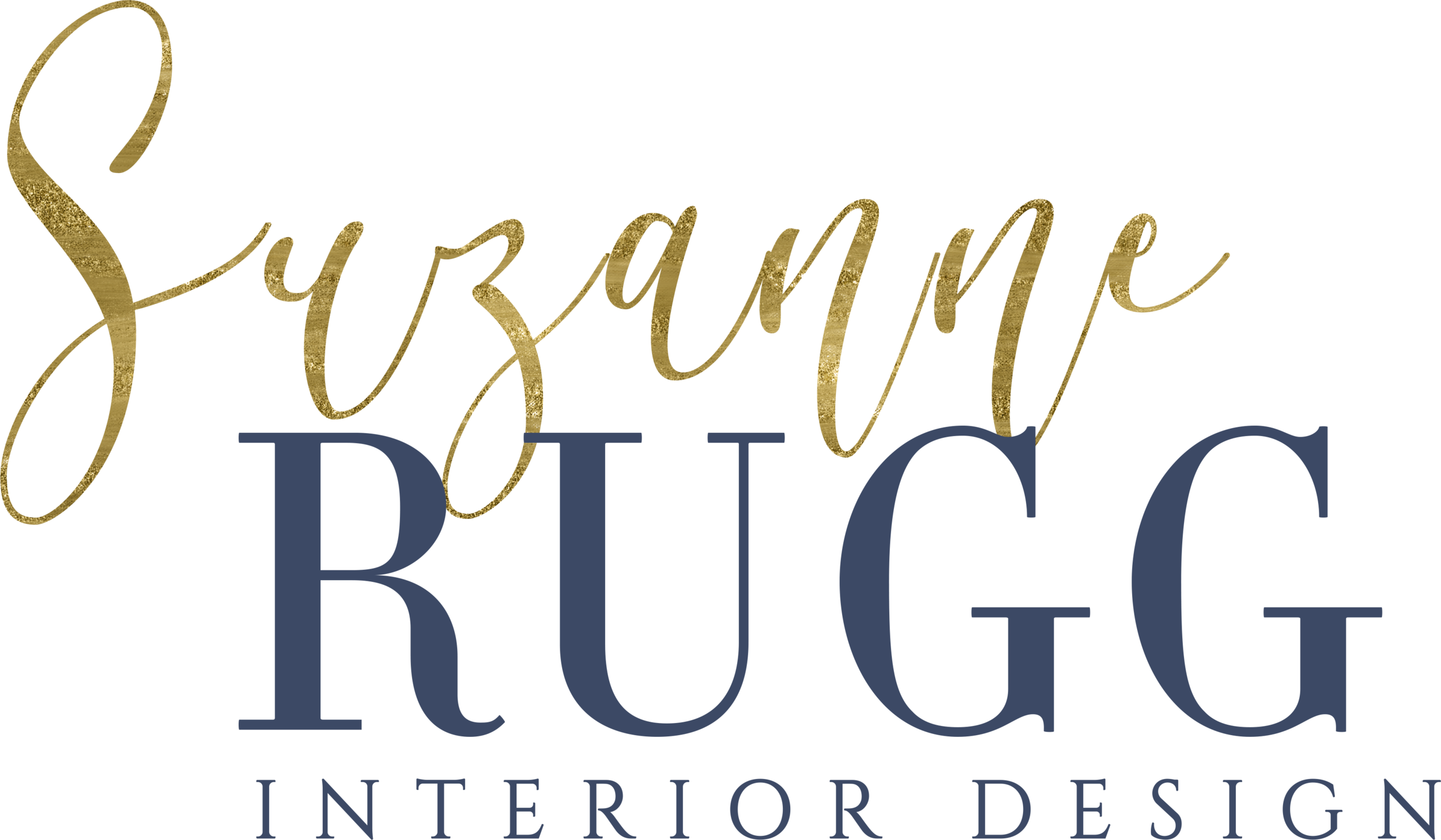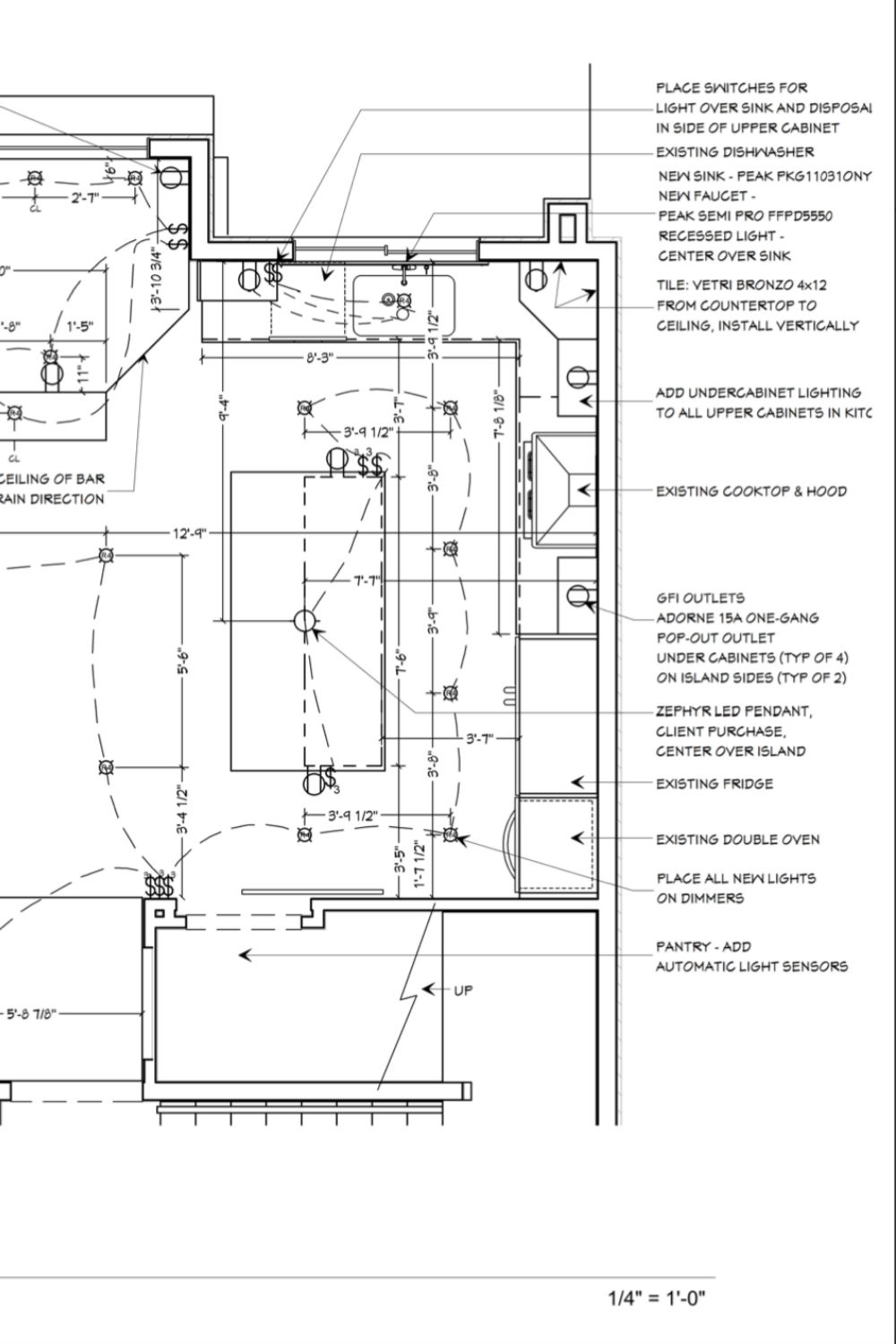Design Project Timelines: What You Need to Know
When estimating your project timeline, knowing the full scope of what you’d like to achieve is my first goal. Every detail needs to be accounted for, especially when working with several teams from design through construction. Included in the scope are budget, materials, style, decision making, option counts, delegation, and the succession of schedules from construction, to paint, to window coverings, furnishings and decor.
To accurately establish and understand an estimated timeline for your specific project, here are 5 steps you'll need to take.
1. Consult the Pros
The first step you'll want to take is a full consultation with your design team. We'll guide you through all the moving parts of the project as a whole - from establishing builder and architectural contacts, to determining your aesthetics and lifestyle needs.
An in-home consultation is key to establishing your goals, cost projections, as well as expectations for entering into a large project. We clarify your scope, and help to prioritise your project needs, as well as determine your style.
2. Determine the Scope
Every detail we bring into your project scope will have an impact on timelines. Room sizes, number of spaces, new build vs. cosmetic updates, furnishings, wall coverings and decor projects all get a specified time estimate and project goal.
Coordination with other teams will also determine the timeline. While working with other teams for construction, for example, we consult with the builder to coordinate our timeline, as all interiors will need to be planned before construction starts.
3. Factor in Lead Times
A good estimation of time will factor in lead times for everything from orders, to length of time for permits. Though we are diligent about time projections, there will always be circumstances when time projections can fluctuate. This will especially happen in busy seasons, or occurrences out of our control (such as weather, major pandemics, supply chain issues, etc).
It's helpful to know that we do our best to estimate issues for the current climate. For instance, we allow for extra time during this season of working through the global pandemic. We do our best to stay on top of the suppliers that can come through with our orders in a timely manner. It's still best to stay flexible, and know that things can change with just a moment's notice.
4. Understand All Schedules
Many people and crews will be involved in your project. From the designer to the builder to the installers, their schedules (and availabilities) need to be factored into the estimated timeline. We get those projected timelines and incorporate them into our own in order to coordinate and carry your project through to the finish.
5. Prepare to be Flexible
We take all the information mentioned and incorporate it into an estimated timeline for you. Flexibility is best though, as at times timelines can change for many reasons. Delivery expectations could be held up. We keep on top of the schedules, and let our clients know if there will be a different time frame from what was originally projected with weekly updates.
Ready to start your project timeline with an in-home consultation? Contact me to get on our schedule!
Cheers!






